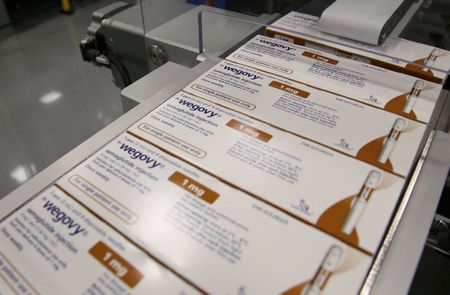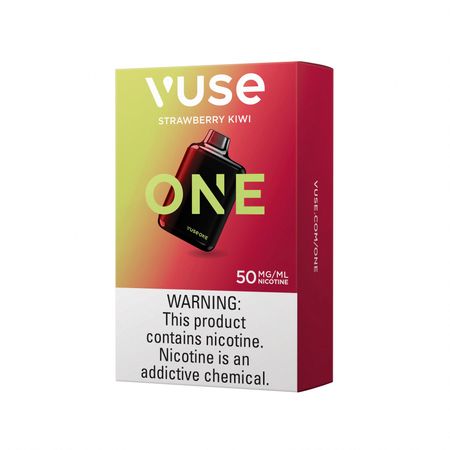By Jacob Gronholt-Pedersen and Maggie Fick
COPENHAGEN (Reuters) -As Novo Nordisk’s sales of its blockbuster weight-loss drug Wegovy boomed, the Danish drugmaker raced to expand manufacturing capacity and sales outreach with a hiring spree that almost doubled staff numbers over five years.
Now sales are slowing and layoffs loom.
Annual reports show that Novo’s workforce grew from around 43,260 employees in 2019 to 77,350 by the end of last year – an average of 131 new roles filled each week, far faster than rival Eli Lilly, whose headcount rose from 36,000 to 47,000 over the same period.
Novo’s rapid expansion is now under scrutiny from investors and even management, with the drugmaker facing cost pressure and heightened competition from Lilly’s Zepbound and cheaper weight loss copycat compounds in the United States.
“I don’t want to limit myself in terms of where I look for savings, and salaries are a cost item. I will go through everything,” said CEO Maziar Mike Doustdar on August 7, his first day in the job. Two weeks later, on Wednesday, Novo said it had implemented a global hiring freeze for non-critical roles.
When asked for details of headcount reduction plans, a company spokesperson referred Reuters to Doustdar’s comments.
The five-year hiring surge saw employee costs almost double to nearly $9.9 billion by last year, company filings show. While the increased overhead barely registered as sales shot up, Novo’s gross margin has been squeezed this year, reaching its lowest level in two and a half years in the second quarter.
The stock market has wiped $490 billion off the company’s market capitalisation since a peak last year when it was Europe’s most valuable firm. It appointed Doustdar to turn things around after twice warning on profit this year and saying sales could dip in the second half of 2025 from a year earlier.
“Their earnings had been so strong that you could ignore the cost side,” said Lars Hytting, head of trading at Denmark-based investment firm ArthaScope, which holds Novo shares, adding the firm had grown “complacent” and now needed to slim down.
“Novo is now going on Wegovy.”
SALES JOBS SEEN AT RISK
Some analysts anticipate layoffs in the sales division – a common industry cost-cutting measure. Novo hinted at this during its second-quarter results, saying it would begin deprioritising sales of Rybelsus, its older type 2 diabetes treatment. Sales of the drug have declined, eclipsed by soaring demand for Ozempic, which shares the same active ingredient as Wegovy.
“That is probably not a coincidence,” said TD Cowen analyst Michael Nedelcovych. “When companies try to cut costs, they probably look first to a sales force for an ailing drug.”
Novo built a new U.S. sales force to market Wegovy to doctors rather than rely on staff who were already promoting Ozempic, three former employees familiar with the drug’s launch told Reuters.
That meant more costs, and at times the teams overlapped in outreach to the same healthcare providers, they said. All asked not to be named in order to speak frankly about a former employer.
The Novo Nordisk spokesperson declined to comment on the structure of its business.
In response to the initial unprecedented demand for Wegovy, Novo also invested billions to expand factories in Denmark and the United States. The company said in early 2024 that around 70% of new hires in the previous two to three years were in the manufacturing division.
The spokesperson said that last year, 49% of new hires were related to manufacturing, including around 3,200 employees from Catalent, a contract drugmaker acquired last year by Novo Holdings, Novo Nordisk’s controlling shareholder.
Novo could also first turn to functions such as communications or administrative roles for cuts, because reductions in sales or manufacturing could hinder its ability to regain market share, said Simon Birkso Larsen, founder and head of Pipeline Clarity, a Copenhagen-based pharmaceutical industry consultancy that does not count Novo as a client. Larsen was a Novo Nordisk employee from 2015 to 2017.
“Novo hired so rapidly that it has become difficult to figure out who does what in the organisation…There are limits to how many people you can integrate and still be effective,” he said.
($1 = 6.3995 Danish crowns)
(Reporting by Maggie Fick and Jacob Gronholt-Pedersen; Editing by Adam Jourdan, Michele Gershberg and Kirsten Donovan)










